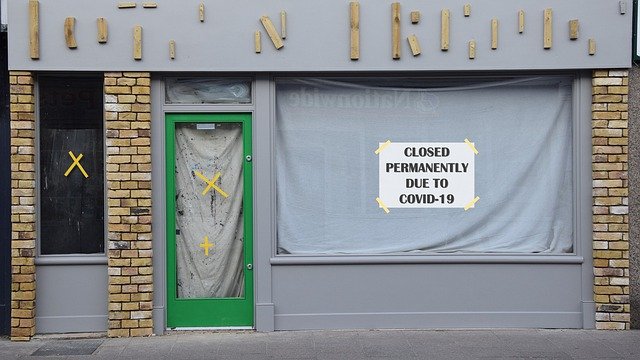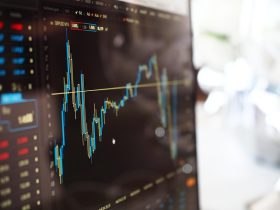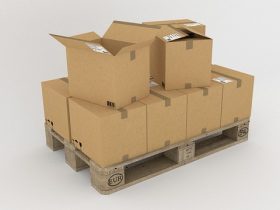As the world moves through a period of significant global crisis, and with a pathway to economic recovery becoming progressively clearer, many businesses are turning their focus towards re-opening and re-equipping.
For the medical and healthcare sector, like many essential service providers, the pandemic has meant ‘business as usual’ under particularly trying and stressful conditions.
The pathway to renewal
Without a doubt, the COVID-19 crisis has presented the biggest challenge that national healthcare providers have faced in living history.Whilst it was not an unexpected phenomenon, the mass viral outbreak exposed limitations and weaknesses in the supply of essential medical equipment, including personal protective equipment (PPE), and placed immense stress on overwhelmed professional staff working in tiring, perilous conditions.
The path to renewal must consider factors of re-equipping, restoring, and protecting vital human assets whilst maintaining preparedness for future virus outbreaks.
The need for infrastructure and equipment
With a vaccine rollout presently underway, it is perhaps appropriate to begin by addressing relevant equipment support pertinent to vaccine storage and distribution.
For healthcare and medical service providers, an upgrade or addition of a Labcold pharmacy fridge may be a matter of a priority.
As the industry moves progressively through supporting the national vaccine rollout, thoughts should also turn toward strategically re-equipping to additionally support the seasonal cycle of illnesses, such as colds and flu cases, in the post-COVID environment.
Future resource planning in the ‘new normal’ must take into consideration the support of normal cycles of illness and disease and also the possibility of future outbreaks and waves of coronavirus.
The preservation of human resources
It should be recognized that in order to deliver the best patient care, human resources – the men and women who work at all levels within the healthcare industry – remains the most vital and precious asset. Infrastructure and vital equipment serve to support and reinforce that key asset.
On January 20, 2021, it was reported that in the UK, 52,000 NHS staff had reported sick with COVID19. Over 850 UK healthcare workers were believed to have died from COVID19, and at least 3,000 workers have died in the USA.
Both the short-term and longer-term health effects on key workers cannot be underestimated. Healthcare and ancillary workers demonstrated a remarkable level of resilience and resolve throughout the crisis in order to provide superior patient care.
There remains and overriding need to similarly extend care and support to those workers through proper remuneration, pay and conditions, mental health support, and equipment support.
The ‘new normal’ post-COVID-19
One thing which the global pandemic has exposed and laid bare is the fact that the healthcare sector has been underfunded and dangerously under-supported.
The need to re-equip and support healthcare professionals must be at the heart of initiatives in the post-COVID-19 world.
By general consensus, the possibility of further localized outbreaks remains a high probability. As such, a significant learning outcome arising from the pandemic is perhaps the elevated need for staff preservation and equipment available to meet future outbreaks.








